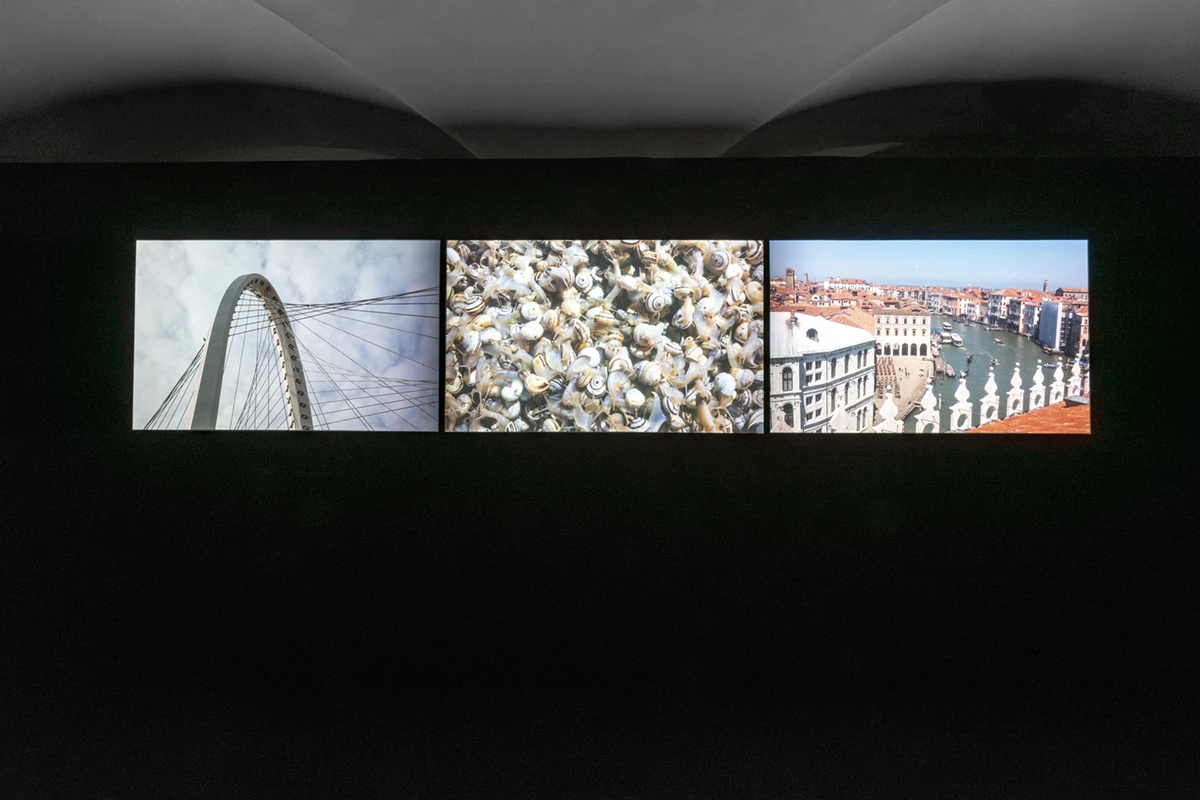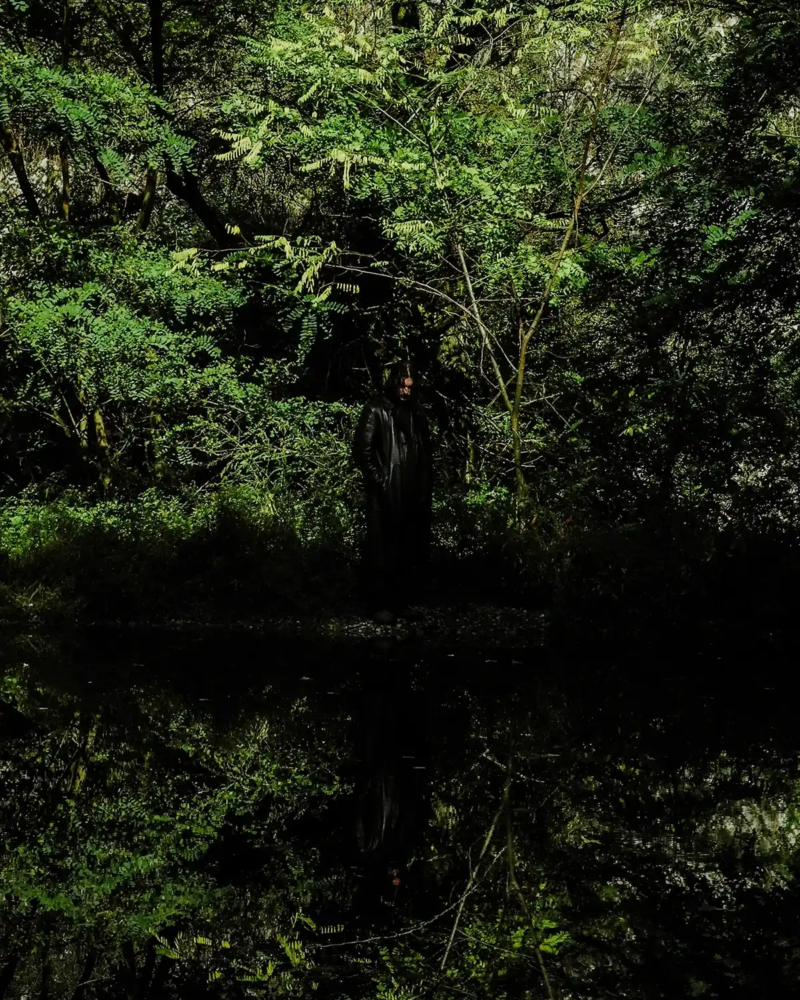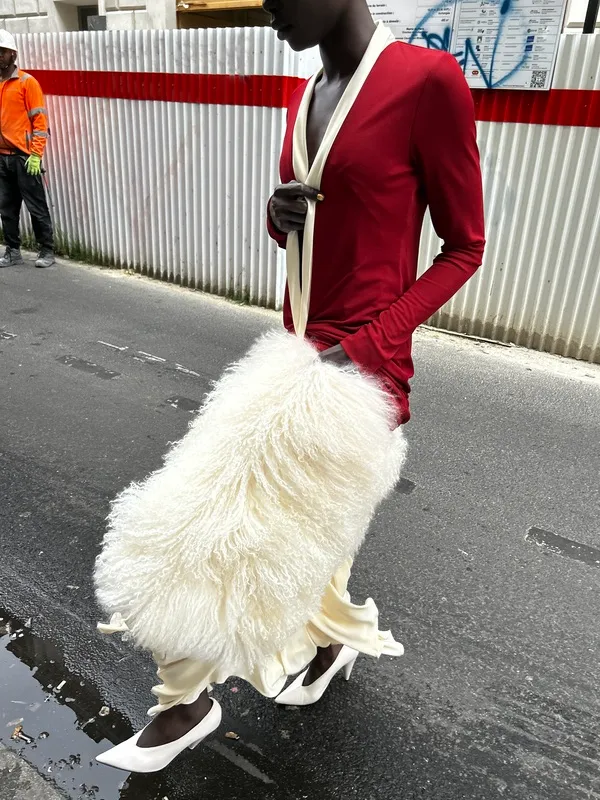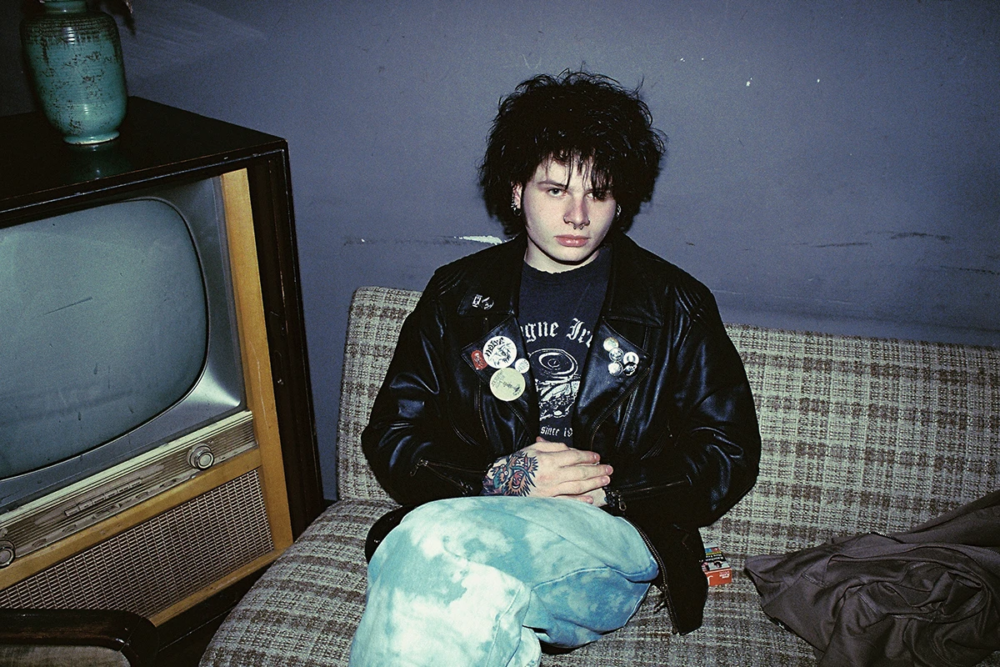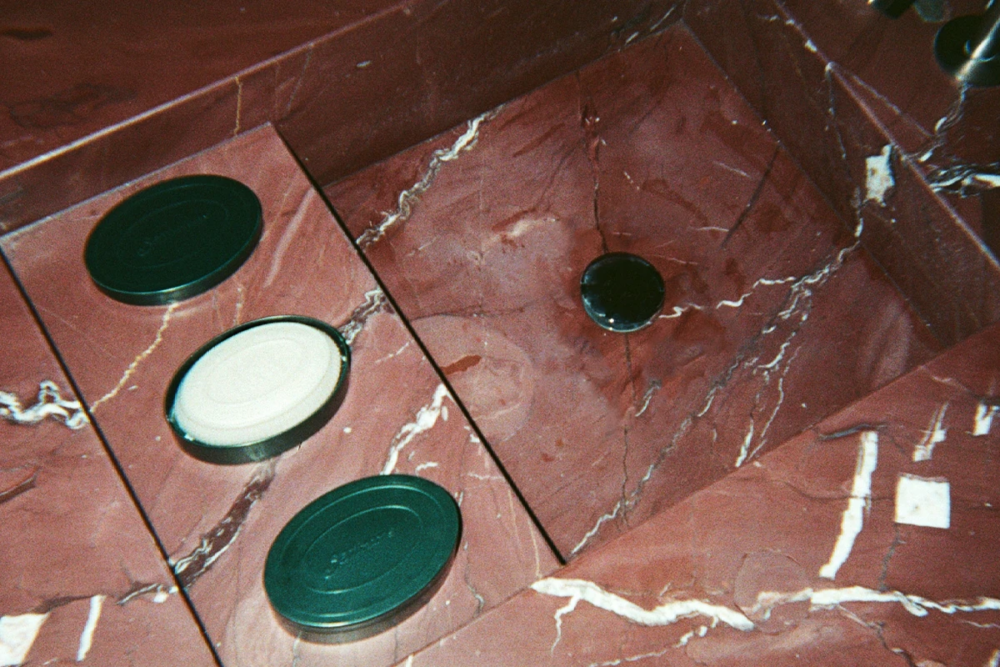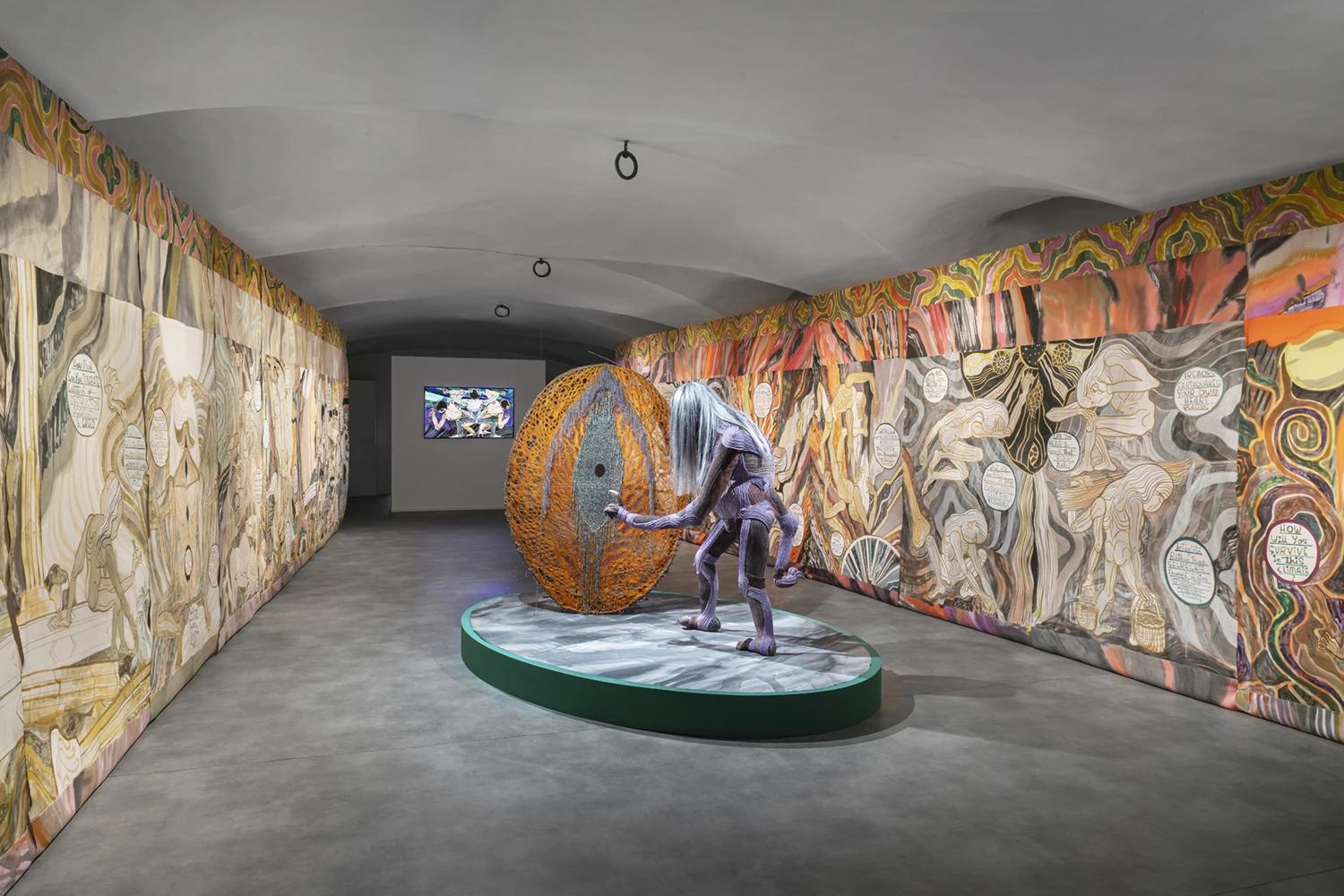
Twenty years of women’s art revealing the fractures of our time
From trauma to care, absence to collective memory: The Max Mara Art Prize for Women as a space of production, reflection, and resistance in European contemporary art history
Time for Women: Two Decades of Feminist Art at the Max Mara Art Prize for Women
When the Max Mara Art Prize for Women was established in 2005, dedicating an award exclusively to women artists based in the UK was still a corrective measure. Two decades later, it remains a gesture of necessity. The exhibition Time for Women! Empowering Visions in 20 Years of the Max Mara Art Prize for Women at Palazzo Strozzi’s Strozzina space gathers works by the nine artists who have passed through this program of production and research. What emerges is a story of feminist artistic practice defined not by aesthetic categories but by resistance, care, and conflict.
Time as a Resource, Not a Deadline – The prize is a collaboration between Whitechapel Gallery, Collezione Maramotti, and Max Mara
Unlike traditional art prizes that reward a finished work or competition, the Max Mara Art Prize for Women offers six months of residency in Italy. Artists, all female-identifying, work in cities like Palermo, Rome, Reggio Emilia, Venice, Naples, sometimes Marseille. Time becomes a political material, especially for those whose voices and bodies are still marginalized or silenced. The prize is a collaboration between Whitechapel Gallery, Collezione Maramotti, and Max Mara, but it is ultimately shaped by the journey each artist carves within this suspended time-space.
Voices and Languages – Margaret Salmon, Hannah Rickards, Andrea Büttner, Laure Prouvost, Corin Sworn, Emma Hart, Helen Cammock, Emma Talbot, and Dominique White
Margaret Salmon, Hannah Rickards, Andrea Büttner, Laure Prouvost, Corin Sworn, Emma Hart, Helen Cammock, Emma Talbot, and Dominique White — nine artists, twenty years of production. Their work spans film, ceramics, drawing, installation, textiles, and performance. Vulnerability becomes a motor, care a radical act, voice a form of resistance.
Helen Cammock works with what history has erased: silenced women’s voices, visual archives, folk songs. Her videos question who gets to speak and who remains offscreen. Emma Hart’s ceramics articulate unspoken family languages, repetitive gestures, and emotional anxieties rooted in domestic life. Laure Prouvost experiments with language and desire, translating disorientation into objects and stories.
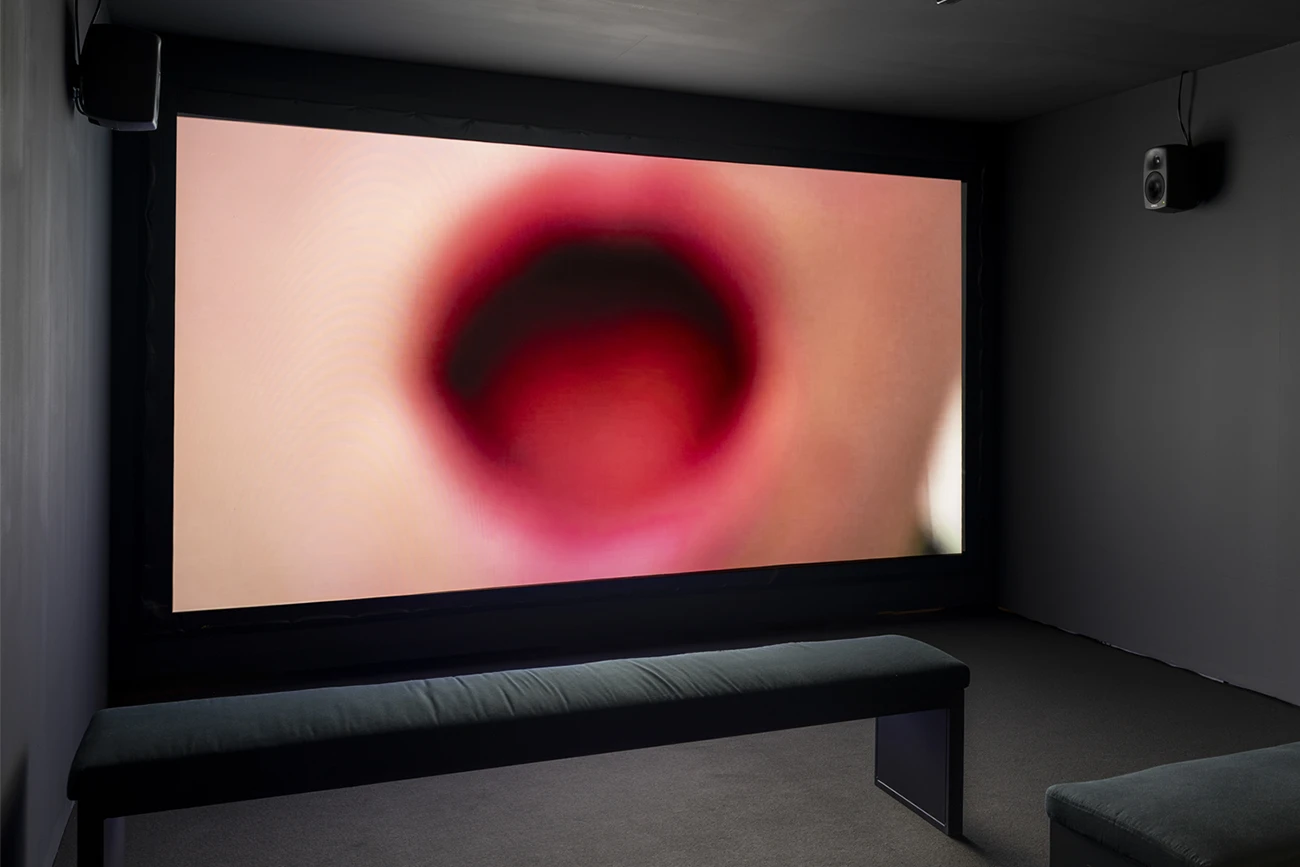
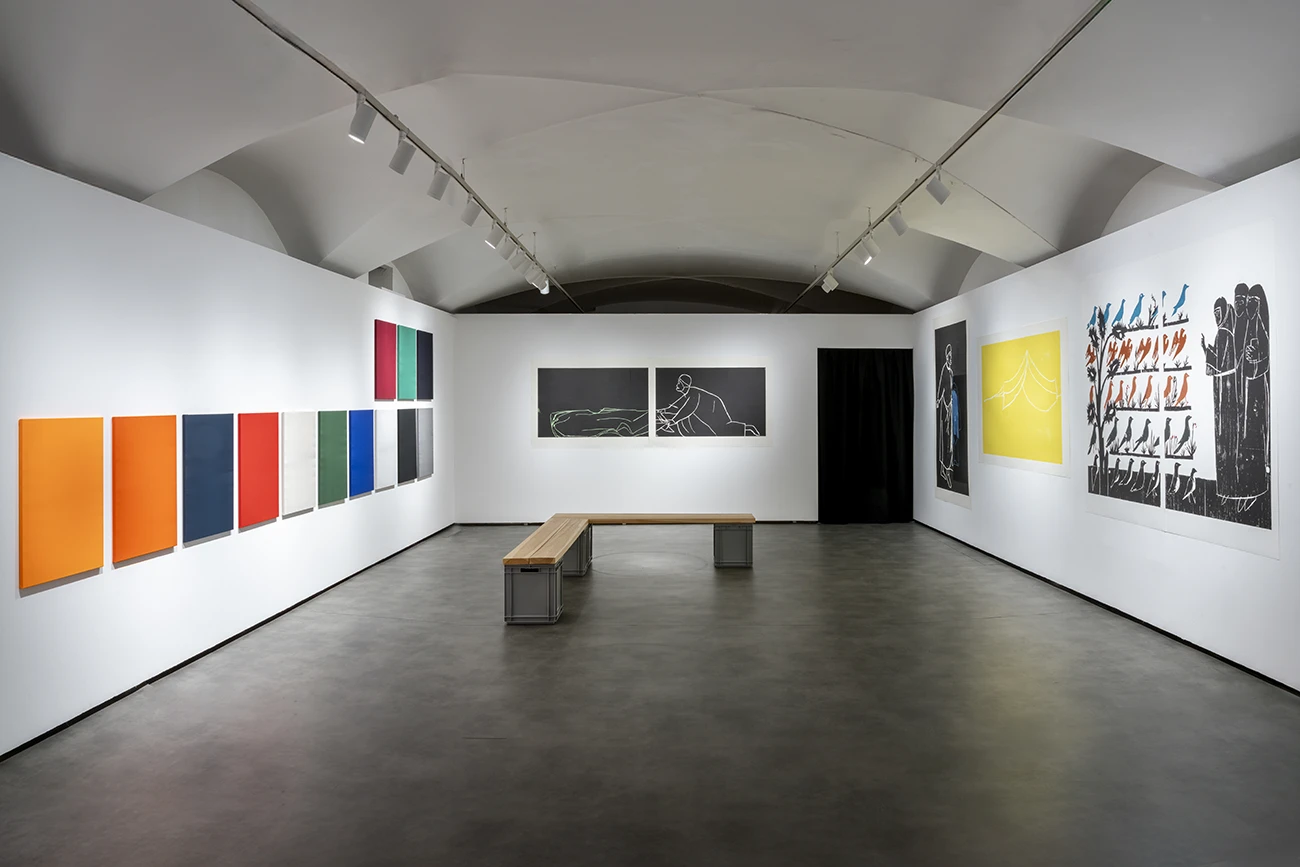
Feminism as Methodology: Emma Talbot’s visual language
The prize never proclaimed a manifesto, but the works produced speak clearly: about unpaid labor, neglected affections, and desires that defy norms. Investing in process over product is a feminist act itself. It’s not an aesthetic, but a methodology for cultural production.
Emma Talbot’s visual language weaves text and drawing as if thought flows over fabric. Her work transforms intimate declarations into public statements, blending mythology and everyday life. Corin Sworn interrogates narrative structures—who tells stories, how, and for whom—revealing power dynamics embedded in storytelling.
Dominique White’s Deadweight: A Raft that Sinks and Floats
The latest prize winner, Dominique White, presents Deadweight (2025), a sculptural installation that seems to both sink and float within the gallery space. Made with submerged, oxidized materials recovered from seas and ports, it evokes shipwrecks, rafts, and drowned bodies. White introduces Afro-pessimist thought, framing Blackness as a state of forced drift, structural erasure, and constant instability.
“Deadweight” is a nautical term for the maximum cargo a ship can carry before sinking. But it also metaphorically evokes bodies forced to move without agency, people left unrescued, systems weighted to collapse. White’s work exists on the border between sculpture and ghostliness — what remains after absence, what history lets slip away.
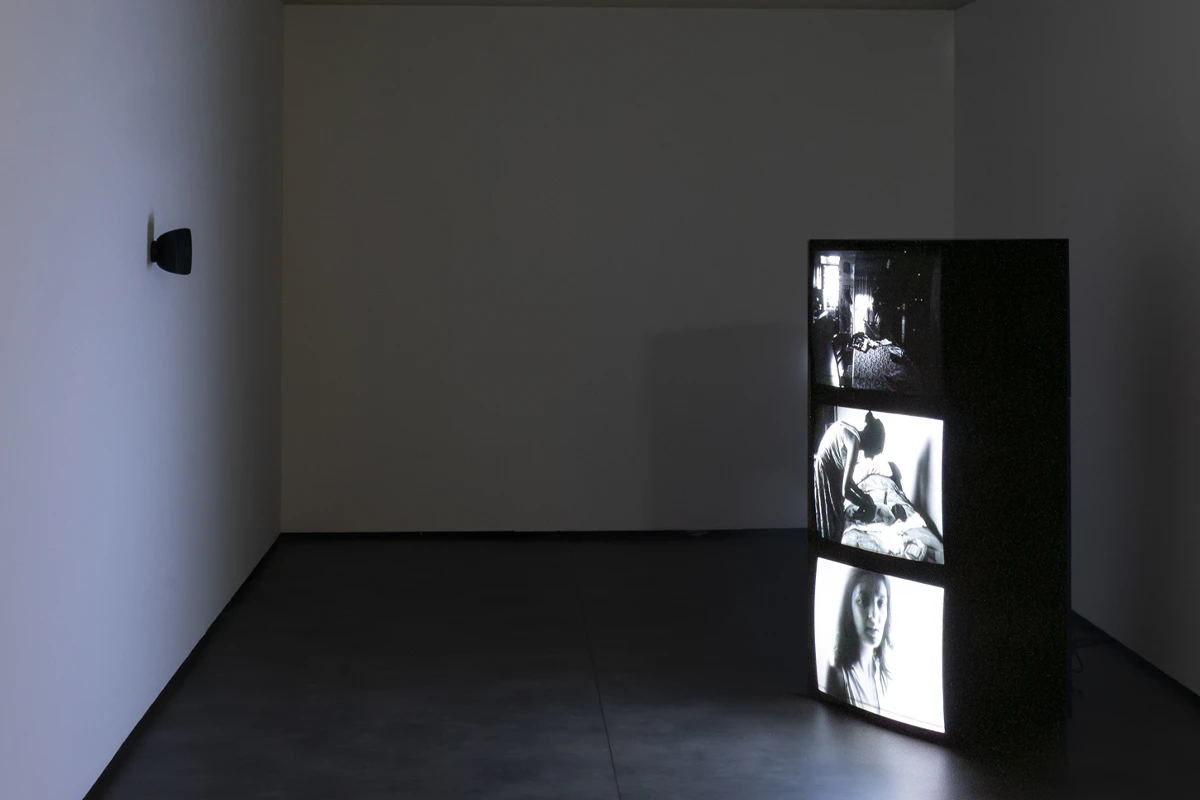
Architecture and Tension – the artworks invade, disrupt, and sometimes hide
The Strozzina spaces host the works without chronological order. The exhibition is arranged through juxtapositions, contrasts, and unexpected affinities. The Renaissance architecture of Palazzo Strozzi frames without enclosing: the artworks invade, disrupt, and sometimes hide. The curatorial choice refuses linear storytelling, favoring tension and proximity.
Patronage, Memory, and Access: Collezione Maramotti, housed in Max Mara’s former production headquarters, functions as both commissioner and custodian of the works
Collezione Maramotti, housed in Max Mara’s former production headquarters, functions as both commissioner and custodian of the works. The collection holds exclusively pieces created during the prize residencies. This model reveals the complex relationship between feminist artistic practice and private patronage—unresolved but openly exposed. The artworks remain owned by the sponsor but also live as public memory and document of a process.
Twenty Years of Continuity – Dual exhibitions in London and Reggio Emilia
The Palazzo Strozzi exhibition marks twenty years of uninterrupted programming. This continuity offers a slow, productive, future-oriented time within a cultural system often dominated by emergencies and market demands. The prize will continue its structure: Italian residency, new production, and dual exhibitions in London and Reggio Emilia. The prize itself does not change — it transforms with every artist who inhabits it.
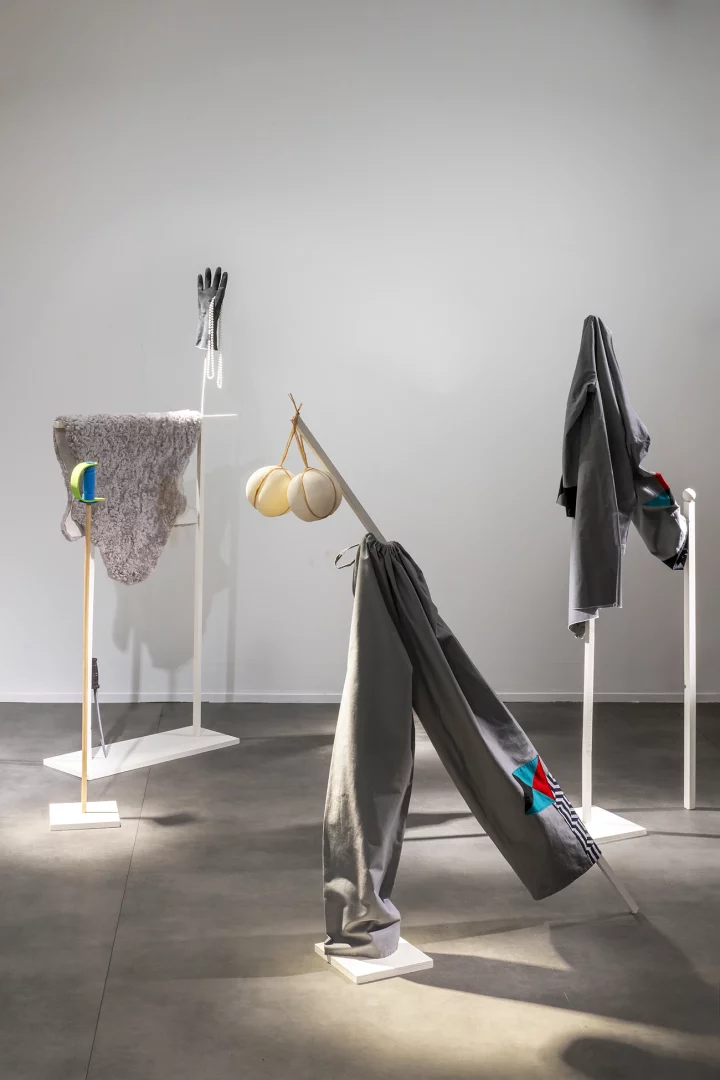
A Prize, Many Stories: The Historical and Cultural Context of the Max Mara Art Prize for Women
Founded in 2005, the Max Mara Art Prize for Women was among the few European awards dedicated continuously to supporting women artists. It was launched during a period when female representation in museums, galleries, and private collections remained minimal. The initiative emerged from a shared reflection between Iwona Blazwick, then director of Whitechapel Gallery, and Luigi Maramotti, aiming not only to increase visibility but to intervene in the time and working conditions of women artists.
Over the years, the prize has anticipated central debates in contemporary art: critiques of hyper-productivity, valuing process over finished objects, and attention to non-linear, interdisciplinary practices. Today, the prize stands as an example of continuity and consistency—a program that has adapted without losing its original intent.
Ario Mezzolani
